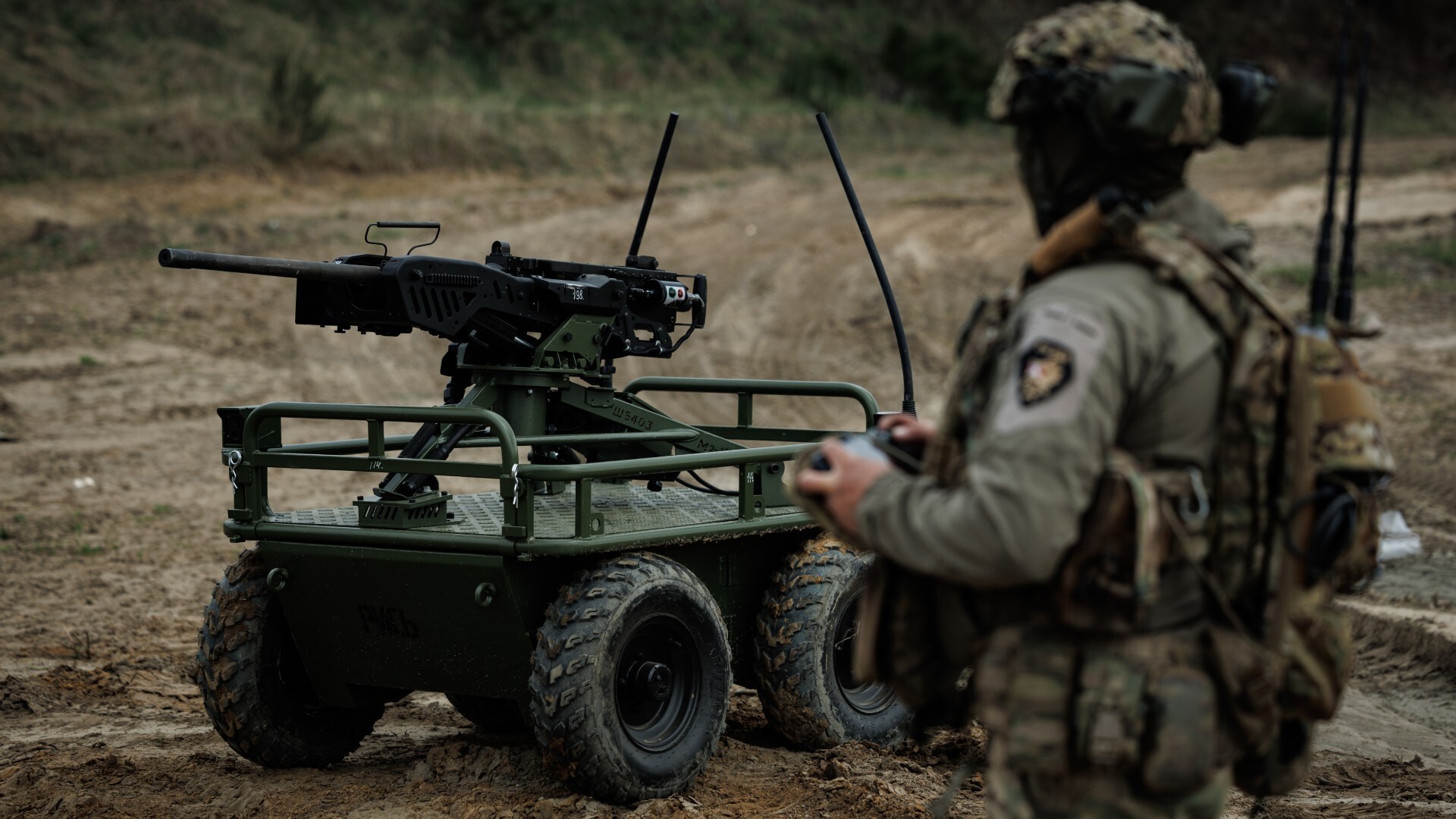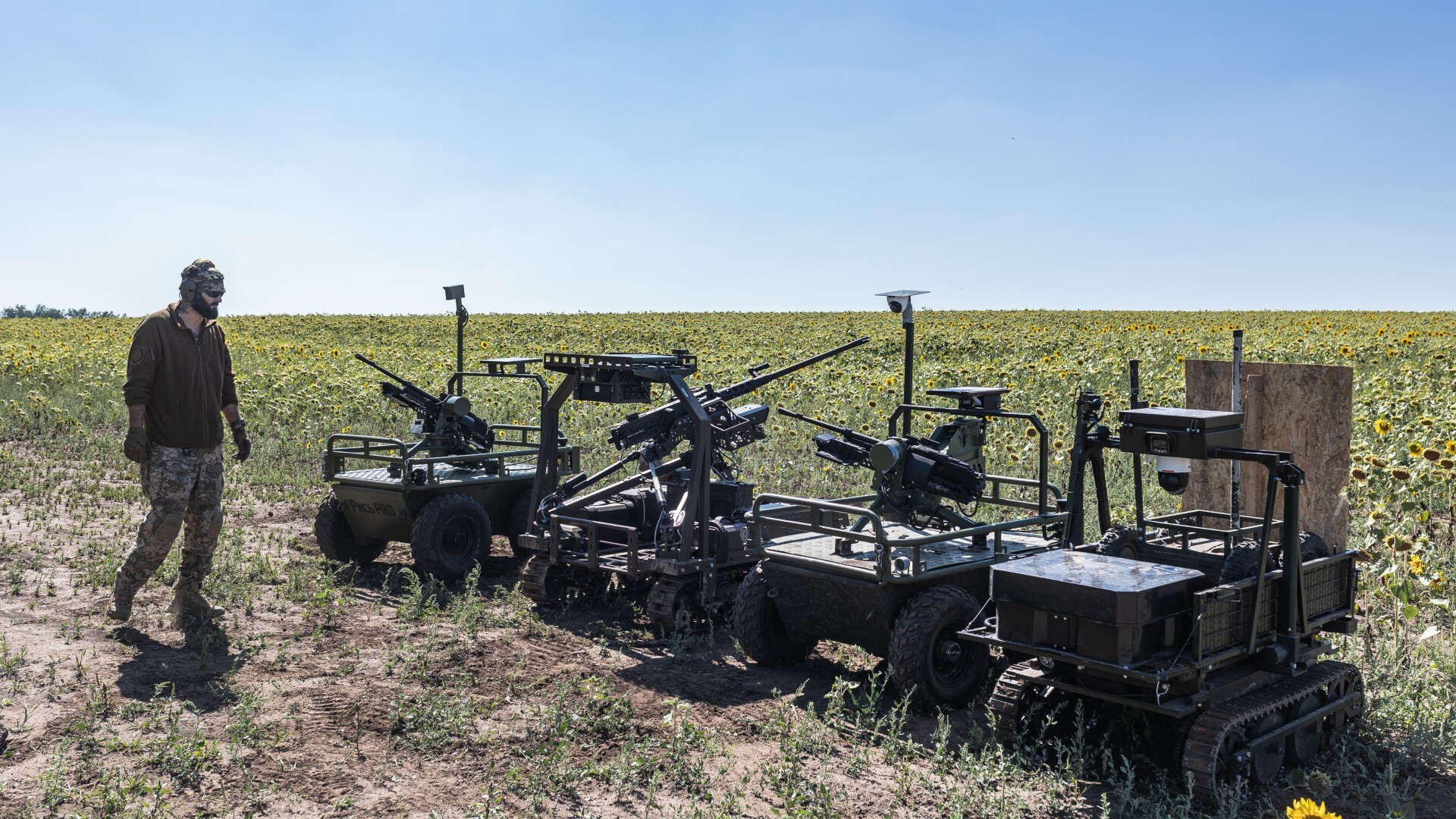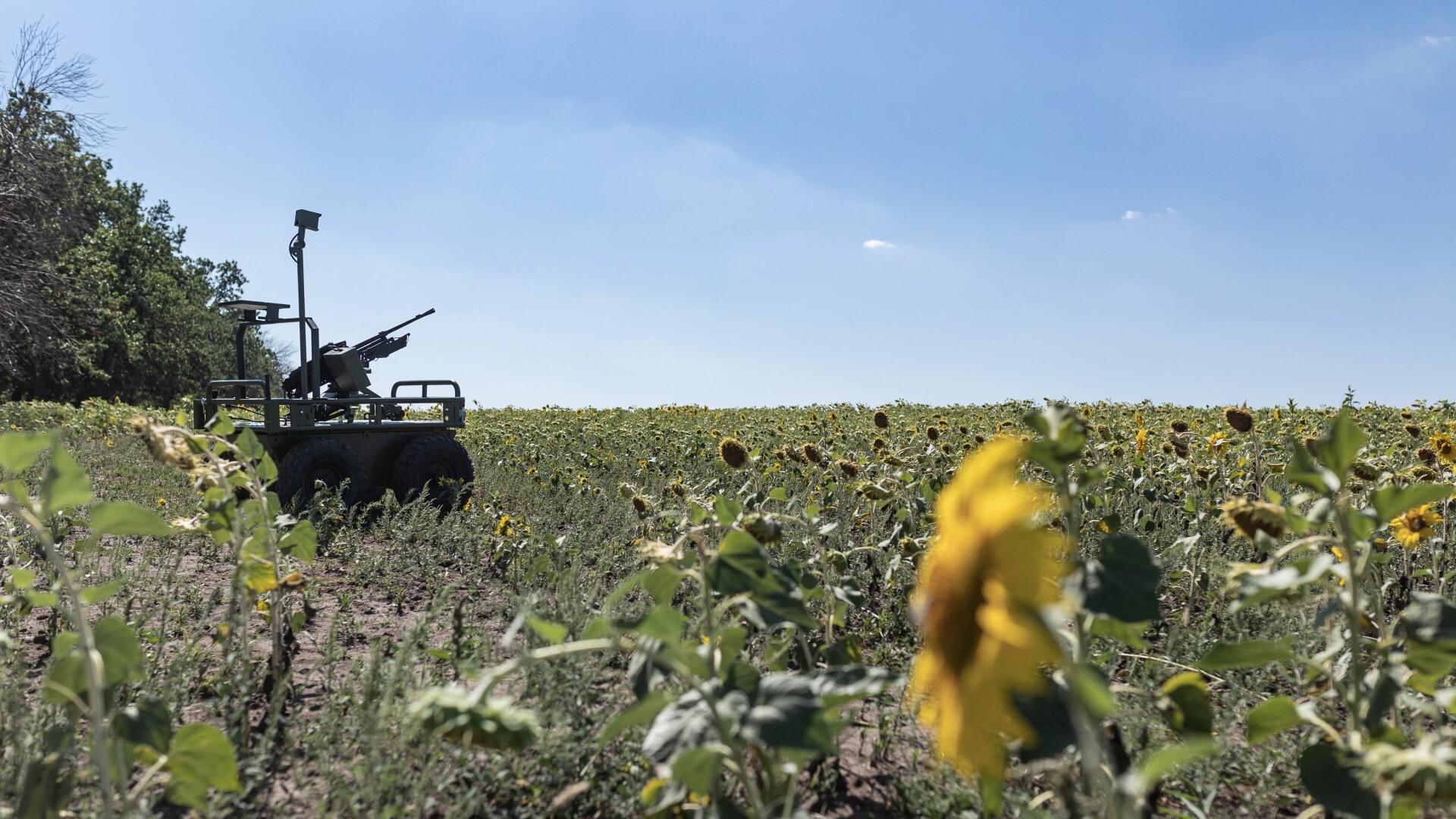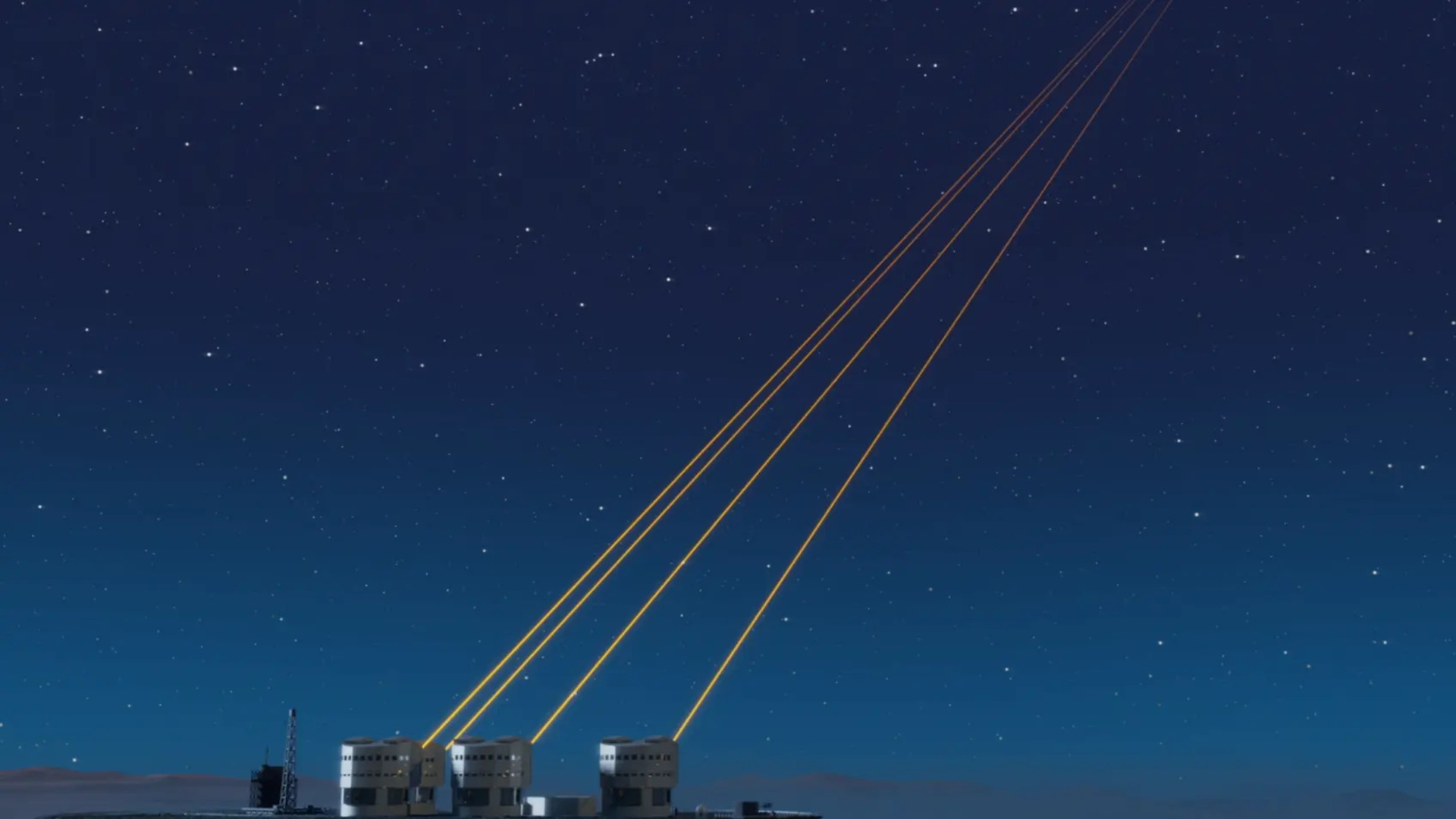SpaceX Starlink internet isn't fast enough for Ukraine's combat robots
The amount of bandwidth provided by SpaceX's Starlink satellites is limiting Ukraine's ability to operate ground robots on the frontline of the nation's war against Russia.

The amount of bandwidth provided by SpaceX's Starlink satellites is limiting Ukraine's ability to operate ground robots on the frontline of the nation's war against Russia, forcing the beleaguered nation's tech innovators to look for out-of-the-box solutions.
Over the past year, Ukraine dispatched thousands of wheeled ground robots to its frontline military units to help deliver supplies, evacuate the wounded and, in some cases, attack the intruding Russians troops and push them out without risking the lives of Ukrainian soldiers. But the limited bandwidth SpaceX's satellites can provide means that individual terminals mounted on the UGVs have to make do with as little as 10 megabits per second, which results in poor quality of the video feed used to control the UGVs.
"If you want to drive fast, you need a frame rate of at least 30 frames per second to be able to control the robot," Vadym Burukin, technologist and CEO of drone start-up Huless, told Space.com. "If you only have ten frames per second and you are moving fast, there is a huge chance that you're going to end up in a minefield or in a tree."
SpaceX's internet-beaming Starlink megaconstellation has been indispensable for Ukraine since the early days of the war. Its terminals keep troops connected on the battlefield but also help guide FPV drones, marine robots and unmanned ground vehicles (UGV) beyond the reach of radio links. According to sources with links to the Ukrainian Ministry of Defense, as many as 200,000 Starlink terminals are active in Ukraine, making the former Soviet republic by far the biggest user of Starlink services in Europe.
But the high number of devices, especially along the frontlines, means the robots can only travel at meager speeds of about 6 miles per hour (10 kilometres), Andriy Dovbenko, Ukrainian entrepreneur and CEO of the Ukrainian Tech Exchange network, told Space.com. Due to that slow speed, the ground robots need up to two hours to cross the 12-mile-wide (20-kilometer) grey zone, where troops and equipment are in constant danger of being destroyed by Russian first-person-view (FPV) drones. "It's quite slow for [unmanned ground vehicles]," Dovbenko said. "You want to have at least 20 kilometres per hour [24 miles]."
Starlink terminals, Burukin added, also tend to get buggy due to the vibrations of the UGV rolling over rugged terrain. Clouds, rain and even tree canopy overhead can further degrade the signal.

In response, Ukrainian tech innovators are looking for alternatives that would enable the robots to drive faster to increase their chances of completing their missions before they get spotted and bombed by Russian kamikaze drones.
Breaking space news, the latest updates on rocket launches, skywatching events and more!
To solve the problem, Burukin and his colleagues have developed tethered drones that rise 500 feet high (150 meters), carrying signal repeaters that amplify the weak radio signals to increase their reach.
"For ground-to-ground communication [the radio signal range] is just a couple of kilometers," said Burukin. "With a repeater in the air, this range extends to 40 plus kilometers (25 miles)."
Flying drones can fly even further thanks to the airborne repeaters, up to 48 miles (80 kilometers) from their controllers hidden away from the enemy drones' reach.
This allows Ukrainian soldiers to conduct bold exploratory missions deep into the territory now controlled by Russia while not worrying about losing their Starlink signal.
"Recently, we were able to get all the way to the Donbas arena, a big stadium in the center of Donetsk, flying drones using our repeating equipment," said Burukin.
Donetsk, some 30 miles (50 km) from the current frontline, has been controlled by Russian separatists since 2014.
Still, Starlink remains indispensable for Ukraine, Dovbenko insists.
"There are many uses for Starlink in the war, but it's not been developed specifically as a military technology, so it has its limitations," Dovbenko said. "It would be good to have alternatives. But can we really produce an alternative to Starlink at scale? Probably not."

AI-powered autonomous navigation systems further assist the military robots to overcome signal problems due to deliberate jamming and other disruptions. In the next few years, AI is set to take over most activities along the frontline, the Ukrainian innovators hope. Autonomous war machines will not need any real-time human oversight, thus being immune to radio jamming and Starlink signal loss.
Although killer robots are unlikely to completely replace human soldiers, they will help reduce the number of people needed in the most vulnerable and dangerous locations along the frontline.

Tereza is a London-based science and technology journalist, aspiring fiction writer and amateur gymnast. Originally from Prague, the Czech Republic, she spent the first seven years of her career working as a reporter, script-writer and presenter for various TV programmes of the Czech Public Service Television. She later took a career break to pursue further education and added a Master's in Science from the International Space University, France, to her Bachelor's in Journalism and Master's in Cultural Anthropology from Prague's Charles University. She worked as a reporter at the Engineering and Technology magazine, freelanced for a range of publications including Live Science, Space.com, Professional Engineering, Via Satellite and Space News and served as a maternity cover science editor at the European Space Agency.
You must confirm your public display name before commenting
Please logout and then login again, you will then be prompted to enter your display name.
